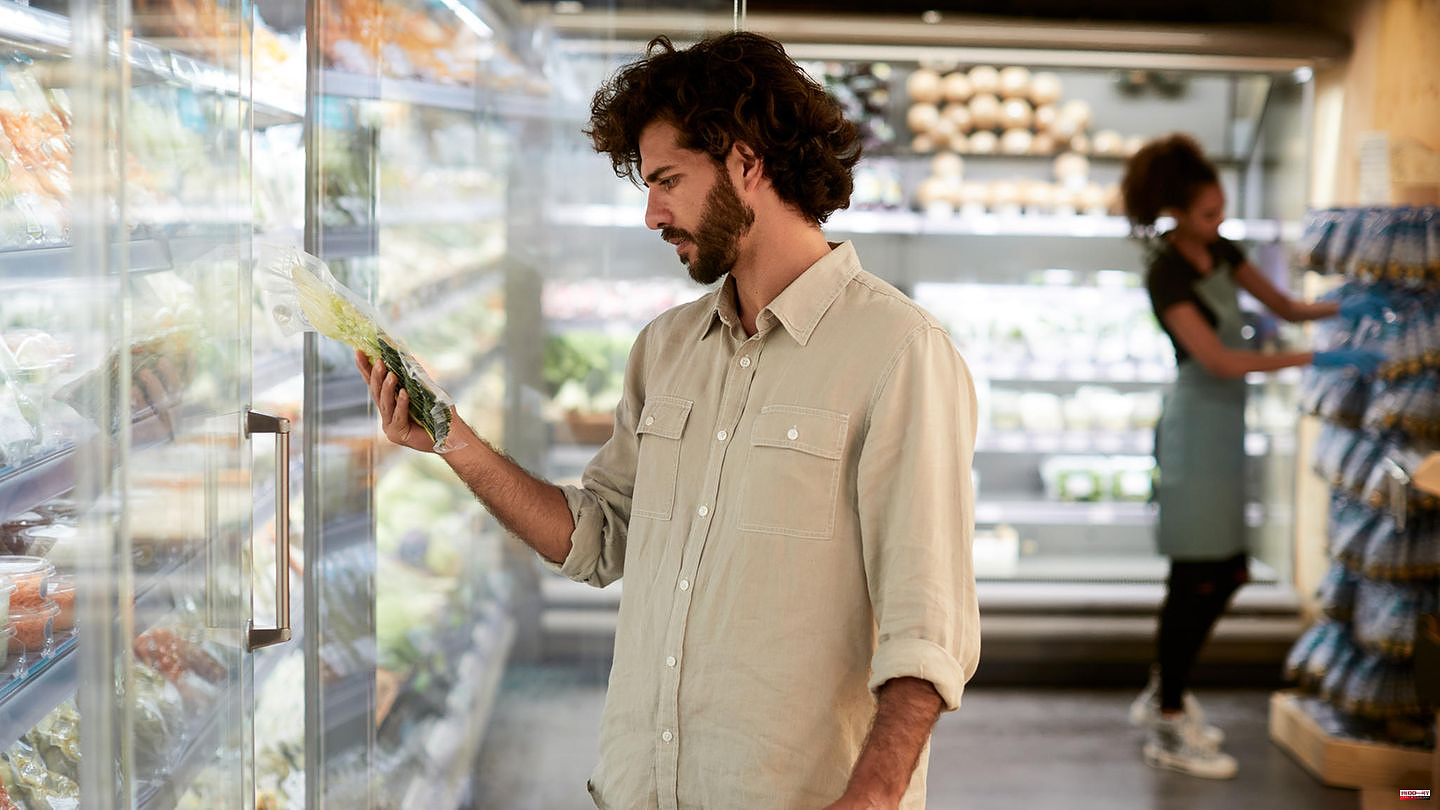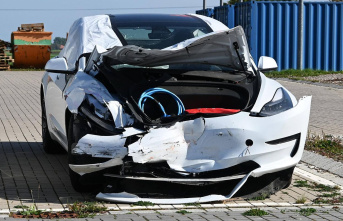Many have probably already had this experience when shopping: When you look at the receipt, you notice that a different price was charged than the price on the shelf. And you wonder how often that goes unnoticed because you didn't check the receipt when you were in a hurry.
According to the Hamburg consumer advice centre, incorrect price labels are a problem in many supermarkets, discounters and other grocery stores. Again and again, consumer advocates receive complaints from customers about this, as the consumer advice center currently reports.
If the price tags are not correct, it is usually simply due to a lack of care. In the case of short-term special offers in particular, the price tags are sometimes not updated as quickly as in the checkout system. Or they are prematurely exchanged while the new prices have not yet been entered into the system. Either way: depending on the case, the sloppiness can lead to the customer paying more or less at the checkout than he thought when he reached the shelf.
If a shop deliberately mislabels the prices, this is an administrative offence, emphasizes the consumer advice center. Since the authorities hardly carry out any checks, she calls on customers to inform consumer protection groups if there are suspicious accumulations in a branch.
Not only the prices on the shelf can be wrong, but also the quantity. Because the contents of the pack often shrink at the same price in order to conceal a price increase, as the list of deceptive packs from the consumer advice center shows. If, for example, a margarine manufacturer shrinks the pack from 500 to 400 grams, but the supermarket does not update the sign on the shelf, the basic price per gram is no longer correct and the product appears cheaper than it is.
Incidentally, the additional indication of the basic price – for example per liter or kilogram – is mandatory in order to enable the consumer to make a real price comparison. However, this obligation is ignored by some shops. In two candy stores in downtown Hamburg, for example, the consumer advice center sometimes only found handwritten final prices on the shelves, without a basic price and without specifying the quantity. Consumer advocates are taking legal action against this.
However, many shops also use completely legal tricks to make prices appear cheap on the shelf. For example, there is the matter of the red price tags. Intuitively, most customers think that a red price tag among many white ones indicates a reduced item. But that doesn't have to be the case. Stores can also just throw red tags on regular-priced items - and they do, as the Consumer Advice Center photo evidence shows.
Even the note "Advertisement" directly on the price tag does not necessarily mean that the product is reduced. Many customers are likely to assume that because special offers are often advertised. In Rossmann's drugstores, however, consumer advocates have often come across cases in which such excellent products were not reduced in price.
Another variant of the trickery with red price tags: A special price for a product is advertised in large letters on the sign, but the small print then says that this only applies to certain types of the product. Anyone who chooses a different variety then wonders at the checkout why they have to pay more. If he even notices.









